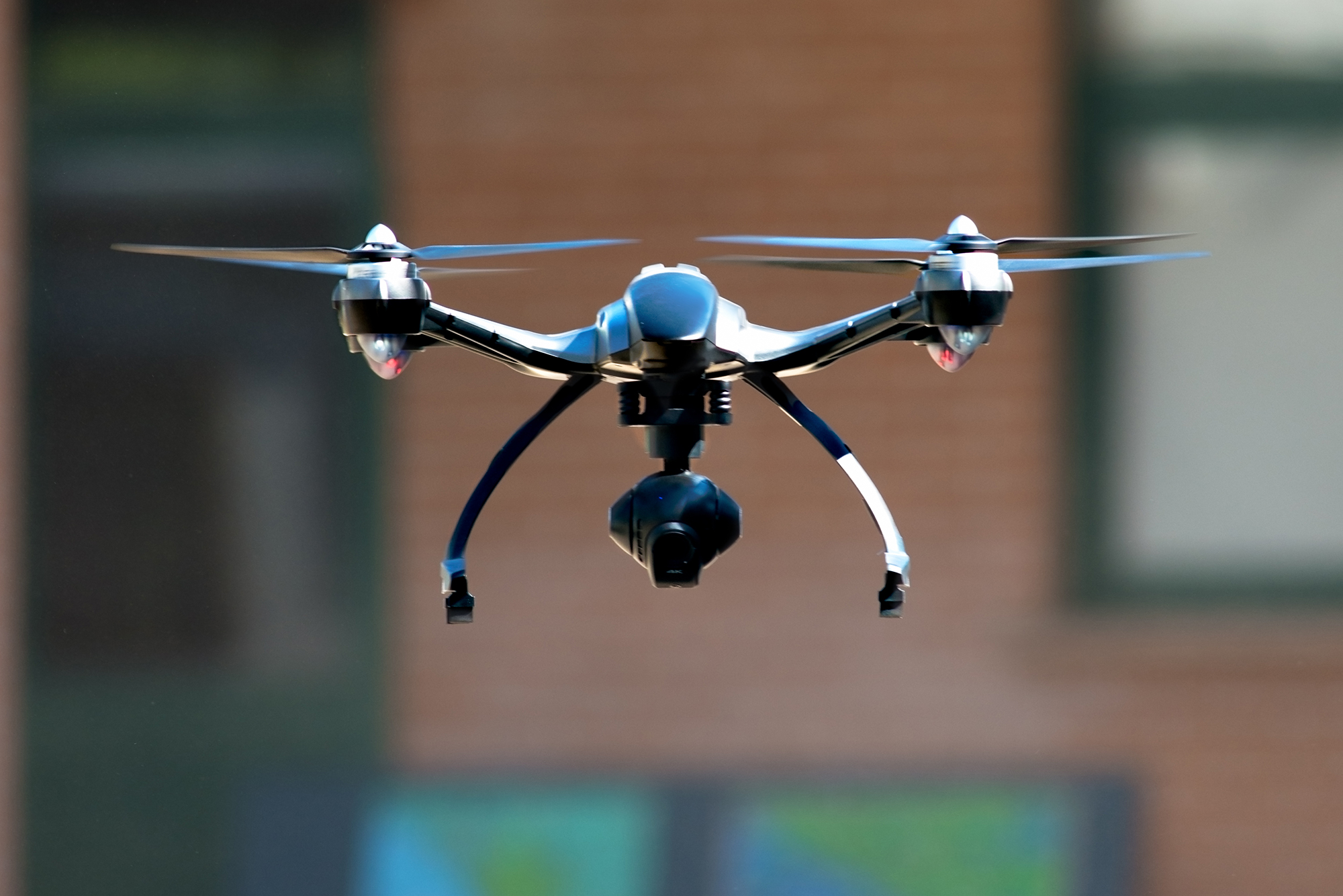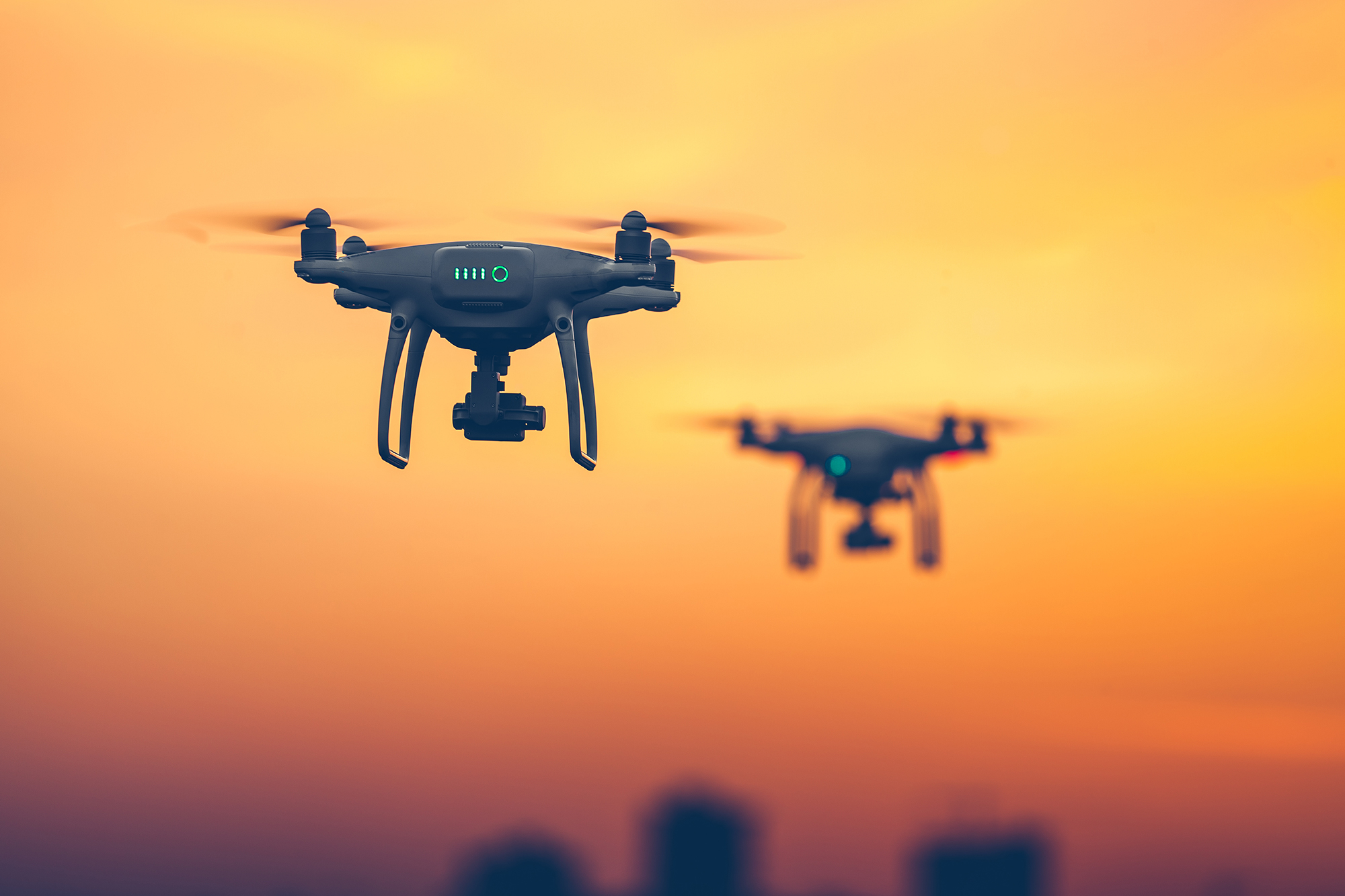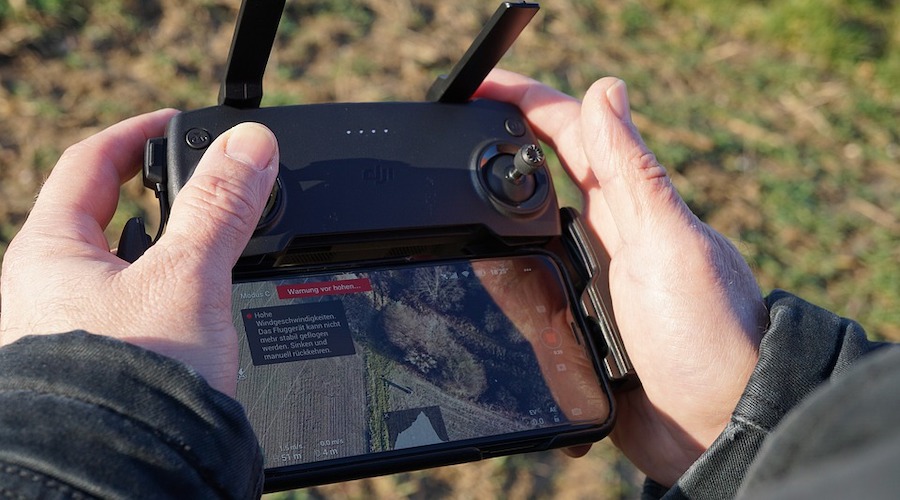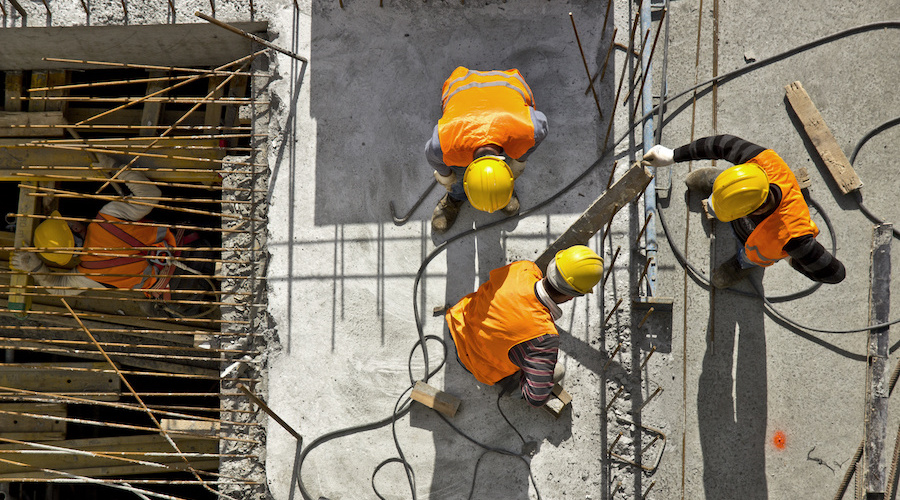The degree to which drones are used in commercial, industrial, and national security applications has quickly caught the attention of investors and governments alike. In the case of New York, the state considered the potential of drone technology worthy enough to invest in.
In 2019, the New York Drone Corridor was opened. Designed for drone testing, the New York drone corridor ran for 50 miles from Syracuse to Rome, New York. What exactly is the New York drone corridor and how is it being used? What types of operations are permitted within the New York drone corridor?
The history of the New York drone corridor
Plans to build a massive testing corridor for drone technology were first announced back in 2016. Andrew Cuomo announced an investment of $30 million to develop a drone testing corridor with the aim of drawing more high-tech jobs and making the city a “Silicon Valley” for drone technology.
The group tasked with the project is called the Northeast UAS Airspace Integration Research Alliance, or NUAIR. This non-profit group is also responsible for managing the New York UAS Test Site in Griffiss International Airport in Rome, NY.
Among the primary objectives of the New York drone corridor is the testing of commercial operations that would have been otherwise dangerous in other areas. Proposed operations included beyond visual line of sight (BVLOS) testing, unmanned traffic management (UTM), and the safe integration of UAVs into the national airspace.
Throughout its development, many local and international companies were called on for their expertise. The list included Airmap, AX Enterprizes, Unifly, OneSky, and the C & S Companies among a handful of others.
In 2019, Governor Cuomo announced the completion of the drone corridor. Stretching 50 miles from Central New York to the Mohawk Valley, the New York drone corridor instantly became the most advanced drone testing corridor in the US.
How does it work?
The New York drone corridor is an actual flight corridor in the physical sense, although it may not be immediately apparent to the untrained eye. This is partly because the corridor mostly passes through rural areas to lessen the hazard from high air traffic and large structures.

To generate testing for all drone operations within the corridor, it is equipped with an array of sensors and radars. In one of the most recent updates, NUAIR announced forming a partnership with AURA Network Systems for the use of AURA’s secure command-and-control communication links. This can provide reliable and real-time communications for drones in BVLOS operations.
NUAIR had previously reported using the sensors along the corridor to detect the presence of any aircraft ranging from UAVs to more traditional airplanes. All this data is monitored in the Operations Center located at Griffiss International Airport. This system of remote monitoring makes it possible to detect and monitor aircraft even without the assistance of visual observers.
Operations in the New York drone corridor
In 2019, the FAA approved an 8 x 4-mile segment of the New York drone corridor for BVLOS operations. This segment of the corridor is located between the Griffiss International Airport and the New York State Department of Homeland Security and Emergency Services’ training center in Oriskany.
Approval for the first segment of the drone corridor took 14 months according to State officials. Additional sections were slated to be added to the approved areas by 2020 but were likely stalled by the global pandemic.
This meant that drone companies can fly UAVs along this corridor segment without the requirement of having ground-based visual observers or keeping within the boundaries of visual line of sight. As the FAA continues to reevaluate the Part 107 standards, we can expect more UAV operation types to be allowed within the New York drone corridor.
The future of the drone corridor
In 2020, the Israeli company Blue White Robotics set up an office in The Tech Garden in Syracuse. As you may have guessed, the decision to do so was driven by the possibility of using the New York drone corridor for testing their technology.

Blue White Robotics is working on software that allows one drone pilot to operate multiple UAVs or ground-based vehicles. Another factor that attracted the company is the presence of a large agricultural industry in Upstate New York to whom they can market their software.
Attracting startup drone companies to New York was one of the primary objectives of the drone corridor. As more flight possibilities become available, it’s a good bet that there will be more companies utilizing the unique opportunities that the drone corridor offers.
In more recent news, NUAIR has issued an RFI for suppliers that can offer services as defined in the FAA UTM ConOPs and NASA’s UTM architecture. There is a long list of possible services that NUAIR can employ such as Remote ID, airspace authorization, mapping, secure communication, and operation planning. The goal is to integrate these functions to come up with a robust UAS traffic management system.
Ultimately, the goal of the RFI is to assess the level of readiness of current technology that can be useful in UTM development. This knowledge can then be used to come up with a procurement strategy for commercially viable UTM technology. The deadline for response to the RFI has lapsed earlier this year and no updates have been provided by NUAIR yet as of the writing of this article.
Final Thoughts
The New York drone corridor is likely one of the largest investments that any state government has made towards the development of drone technology. Aside from offering an environment where advanced drone technologies can be developed, it has also attracted drone-based ventures and startups. As the results have shown so far, there is huge potential for New York to be a prime region for drone development.
NUAIR still has a lot to do before the full potential of the drone corridor can be realized. As the company has stated, they are adopting a walk-run-fly strategy to developing UTM technology. Without a doubt, discoveries made in the New York drone corridor will play an essential role in the future of drones.





